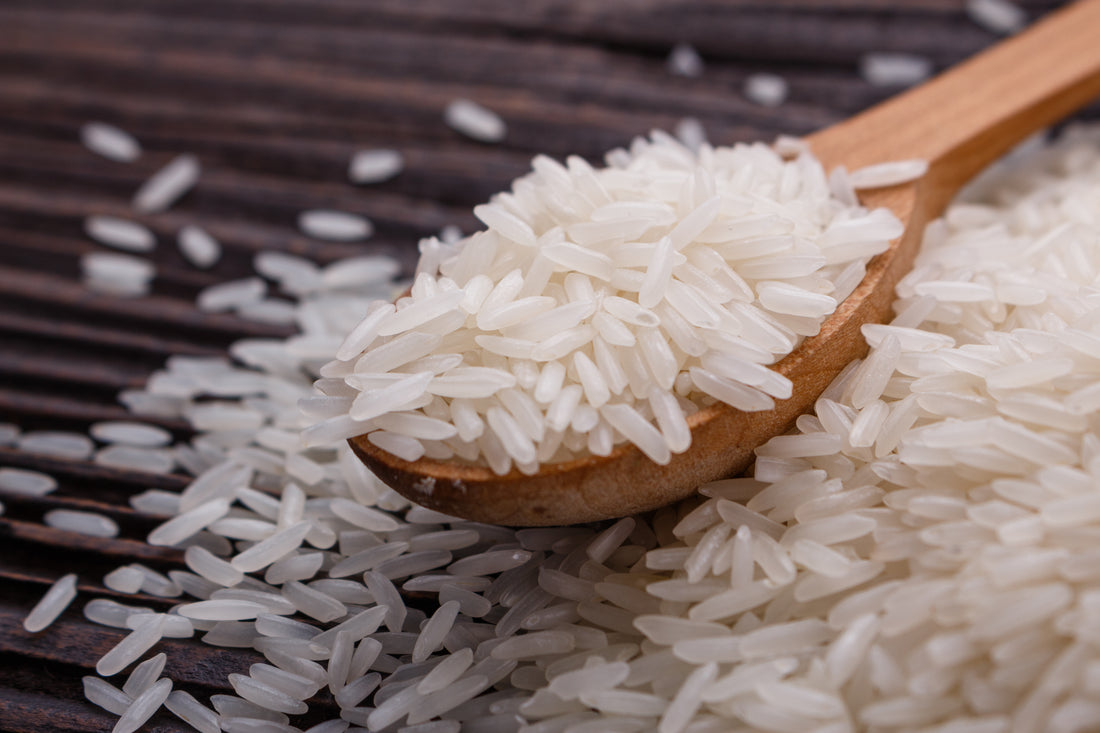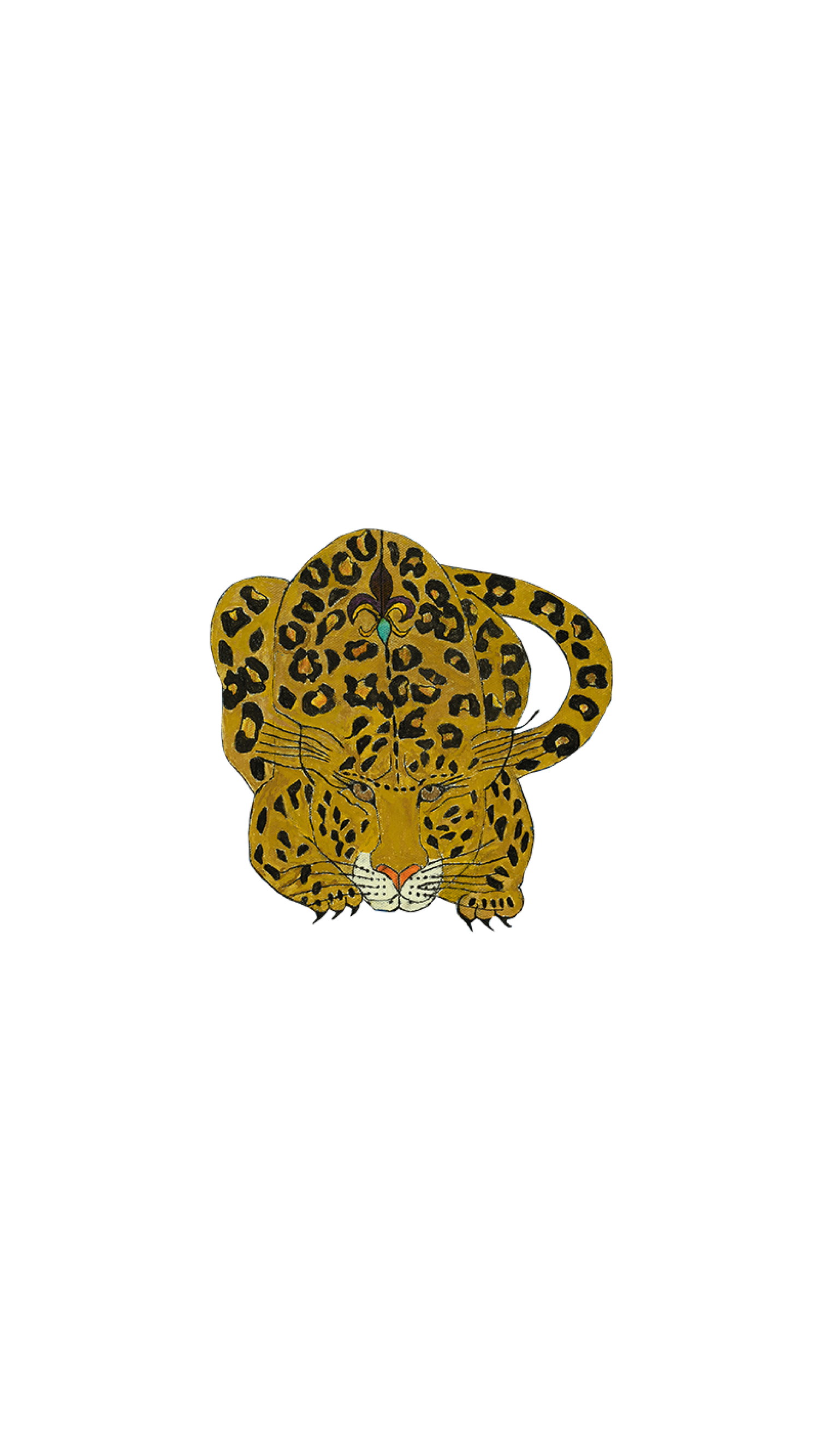
Jasmine Rice
Share
Rice [Oryza sativa cv. indica (Oryzeae)] extracts have been used in many Asian traditional medicines for the treatment of a diverse spectrum of medical conditions encompassing diabetes, gastrointestinal disorders, and cardiovascular disease to combat skin aging. Rice based skin remedies are not limited to Asia but also defines an integral component of active ingredients utilized in a traditional Italian remedy for skin smoothing and lightening. However, detailed scientific evidence linking beneficial effects to particular components in these traditional remedies has recently been demonstrated whereby the main features of cutaneous aging as they relate to skin hydration, coloring, smoothness and wrinkle formation are improved with the topical application of jasmine rice pedicle (Kanlayavattanakul and Lourith, 2015). (Kanlayavattanakul et al, 2016).
While rice is one of the most important global staple food sources, its extracts have found many uses as the bases of herbal remedies. Rice extracts contain high levels of phenolic compounds which are known to be bioactive, some of which show cutaneous benefits and activity towards skin disorders. This study highlights an assessment of the cellular activity and clinical efficacy of rice panicle extract, providing necessary information relevant to the development of new cosmetic products.
Jasmine rice panicle extract has a high content of p-coumaric, ferulic and caffeic acids, and was not cytotoxic to the cell lines used in this study. Cells treated with extract suppressed melanogenesis via tyrosinase and TRP-2 inhibitory effects, which protect the cell from oxidative stress at doses of 0.1mg/ml or lower. There was also a significant reduction in the expression of elastase and collagenase. The jasmine rice panicle preparations (0.1-0.2%) were safe (MII=0), and significantly (p<0.05) increased skin hydration levels relative to baseline. Skin lightening, and anti-wrinkle effects related to skin firmness and smoothness was observed, in addition to a reduction in skin wrinkling. Improvements in skin biophysics of both 0.1% and 0.2% extracts were showed to be comparable (p>0.05). Patients preferred the lower percentage at 0.1%. In summation jasmine rice pedicle primarily through its significant concentration of phenolics has cutaneous antiaging benefits (Kanlayavattanakul et al, 2016).
p-Coumaric acid, the cellular melanogenesis inhibitor (Jun et al., 2012), and ferulic and caffeic acids which are important therapeutic agents for skin disorder treatments showing photoprotective properties (Kumar and Pruthi, 2014, Mancuso and Santangelo, 2014, Saija et al., 2000) were found to be the major phenolic constituents in rice panicles (Kanlayavattanakul et al., 2015).

